Home>Garden Essentials>How To Remove Seeds From Tomatoes To Make Sauce
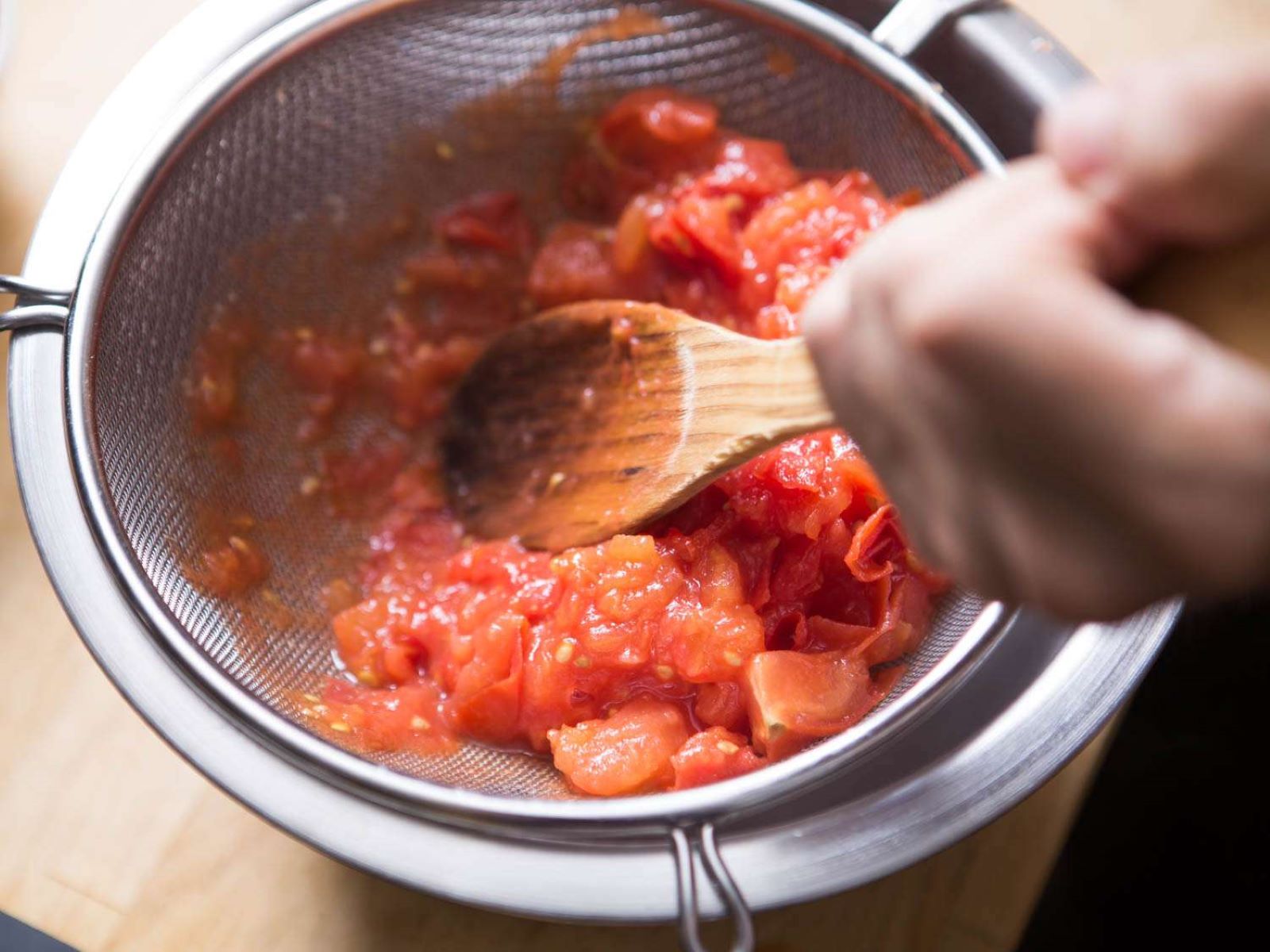

Garden Essentials
How To Remove Seeds From Tomatoes To Make Sauce
Modified: March 16, 2024
Learn how to remove seeds from tomatoes in your garden to make delicious homemade sauce. Follow our step-by-step guide for a smooth and flavorful sauce.
(Many of the links in this article redirect to a specific reviewed product. Your purchase of these products through affiliate links helps to generate commission for Storables.com, at no extra cost. Learn more)
Introduction
When it comes to making a delicious homemade tomato sauce, one of the key steps is removing the seeds from the tomatoes. Tomato seeds can add a bitter taste and alter the texture of the sauce, so it’s important to remove them to achieve a smooth and flavorful result. In this article, we will guide you through the process of removing seeds from tomatoes to make the perfect sauce.
Whether you grow your own tomatoes or have picked up a fresh batch from the farmers market or grocery store, learning how to remove the seeds will take your tomato sauce to the next level. By taking a few simple steps, you can ensure that your sauce is free of unwanted seeds and plant matter, resulting in a velvety texture and a pure tomato flavor.
Not only does removing seeds improve the taste and texture of your sauce, but it also makes it more versatile. Without the presence of seeds, you can use your homemade tomato sauce in a variety of dishes, from pasta and pizzas to soups and stews.
So, let’s dive in and learn how to remove seeds from tomatoes to make the most delicious and versatile tomato sauce you’ve ever tasted.
Key Takeaways:
- Removing tomato seeds improves sauce taste and texture. Cut tomatoes, scoop out seeds, strain pulp, and enjoy a smooth, versatile sauce for various dishes.
- Store or use the sauce immediately. Freeze for up to six months or can for long-term storage. Experiment with flavors and savor the homemade tomato sauce!
Read more: How To Remove Seeds From Tomato Sauce
Step 1: Cutting the Tomatoes
The first step in removing seeds from tomatoes is to properly cut and prepare the tomatoes for the seed removal process. Here’s how to do it:
- Start by selecting ripe and firm tomatoes. The quality of the tomatoes will directly affect the taste and texture of the sauce.
- Wash the tomatoes thoroughly under cold water to remove any dirt or residue.
- Using a sharp knife, carefully cut off the stem end of each tomato.
- Decide whether you want to keep the tomatoes whole or prefer to quarter them. If you plan to strain the sauce later, cutting the tomatoes into quarters will make the next steps easier.
- If you decide to keep the tomatoes whole, make a small ‘X’ shaped incision on the bottom of each tomato. This will help with the removal of the seeds later on.
- Once the tomatoes are properly cut, you’re ready to move on to the next step: scooping out the seeds.
By following these steps, you’ll ensure that your tomatoes are prepped and ready for the seed removal process. Taking the time to properly cut the tomatoes will make it easier to remove the seeds, resulting in a smoother sauce in the end.
Step 2: Scooping out the Seeds
Now that your tomatoes are prepared, it’s time to move on to the next crucial step: scooping out the seeds. Here’s how to do it:
- Take each tomato piece and hold it over a clean bowl or sink.
- Using a spoon, gently scrape the interior of the tomato to remove the seeds and any surrounding jelly-like substance. Keep in mind that you don’t need to be too meticulous – just focus on removing the majority of the seeds.
- If you had made the ‘X’ shaped incision on the bottom of the tomatoes, you can easily push out some of the seeds by gently squeezing the tomato.
- Once you’ve scooped out the seeds from each tomato, discard them or save them for other purposes, such as composting or seed saving if they are from heirloom varieties.
It’s important to note that removing every single seed is not necessary, especially if you’re planning to strain the sauce later. Removing the majority of the seeds will sufficiently enhance the texture and flavor of your tomato sauce.
After you’ve finished scooping out the seeds, you’re ready to move on to the next step: straining the tomato pulp to extract the delicious sauce.
To remove seeds from tomatoes for sauce, cut the tomato in half and use a spoon to scoop out the seeds and inner pulp. This will give you a smoother sauce.
Step 3: Straining the Tomato Pulp
Once you’ve removed the majority of the seeds from your tomatoes, it’s time to strain the tomato pulp to separate the seeds and any remaining solids from the sauce. Follow these steps to strain the tomato pulp:
- Prepare a fine-mesh sieve or a cheesecloth-lined colander. Place it over a bowl or saucepan.
- Gently pour the tomato pulp into the sieve or colander, allowing the liquid to pass through while capturing the solids.
- Use the back of a spoon or spatula to press the pulp gently against the sieve or cheesecloth and extract as much liquid as possible.
- Continue to press and scrape until you have strained the desired amount of sauce, leaving behind the seeds and solids in the sieve or cheesecloth.
If you prefer a smoother sauce, you can repeat the straining process using a finer mesh or a second layer of cheesecloth to remove any remaining seeds or small particles.
Once you’ve strained the sauce to your desired consistency, you can proceed to the final step: storing or using the tomato sauce.
Now that you have successfully strained the tomato pulp, you have a smooth and seed-free sauce that is ready to be utilized in an array of delicious recipes!
Step 4: Storing or Using the Tomato Sauce
After going through the process of removing the seeds and straining the tomato pulp, you are left with a delightful tomato sauce that is ready to be stored or used in your favorite recipes. Here are some options for storing or utilizing the tomato sauce:
- If you plan to use the tomato sauce immediately, transfer it to a saucepan and heat it over low heat. This will help to meld the flavors and create a delicious base for your desired dish.
- If you have made a larger batch and want to save some for later use, let the sauce cool down to room temperature. Once cooled, transfer it to airtight containers, such as glass jars or freezer-safe plastic containers. Label and date the containers before storing them in the refrigerator or freezer.
- If you choose to freeze the tomato sauce, it can last for up to six months in the freezer. When you are ready to use it, simply thaw it overnight in the refrigerator or defrost it in the microwave.
- Alternatively, you can preserve the tomato sauce by canning it using a pressure canner or water bath canner. This method allows for long-term storage at room temperature. Make sure to follow the proper canning guidelines and recommendations for safety.
With your freshly made tomato sauce, you now have a versatile and flavorful ingredient at your disposal. Use it as a base for pasta sauces, soups, stews, or even as a topping for pizzas. The possibilities are endless!
Remember to experiment with herbs, spices, and other ingredients to enhance the flavor of your tomato sauce and make it your own. Enjoy the fruits of your labor and savor the rich and vibrant taste of homemade tomato sauce.
Read more: How To Remove Seeds From Tomatoes
Conclusion
Learning how to remove seeds from tomatoes is a valuable skill that can elevate your homemade tomato sauce to a new level of flavor and texture. By following the simple steps outlined in this guide, you can easily remove the seeds and create a smooth and delicious tomato sauce that can be used in a variety of recipes.
Remember to start with ripe and firm tomatoes, cut them properly, and scoop out the seeds using a spoon. Strain the tomato pulp to separate any remaining seeds and solids, resulting in a silky smooth sauce. Finally, you can choose to either use the sauce immediately or store it for future use by freezing or canning.
Removing the seeds from tomatoes not only enhances the taste and texture of your tomato sauce but also makes it more versatile and enjoyable to use in different dishes. Whether you’re making a classic marinara sauce or adding a homemade touch to a stew, the seed-free tomato sauce will bring out the natural sweetness and acidity of the tomatoes, creating a vibrant and delicious flavor profile.
So, next time you’re looking to make a flavorful tomato sauce, be sure to follow these steps to remove the seeds and enjoy the true essence of fresh tomatoes. Experiment with different herbs, spices, and ingredients to create custom flavors and make your tomato sauce a standout dish.
With the knowledge and techniques shared in this article, you can confidently embark on your journey of creating homemade tomato sauce that will impress friends, family, and yourself with its vibrant flavors and smooth texture. Happy cooking!
Frequently Asked Questions about How To Remove Seeds From Tomatoes To Make Sauce
Was this page helpful?
At Storables.com, we guarantee accurate and reliable information. Our content, validated by Expert Board Contributors, is crafted following stringent Editorial Policies. We're committed to providing you with well-researched, expert-backed insights for all your informational needs.

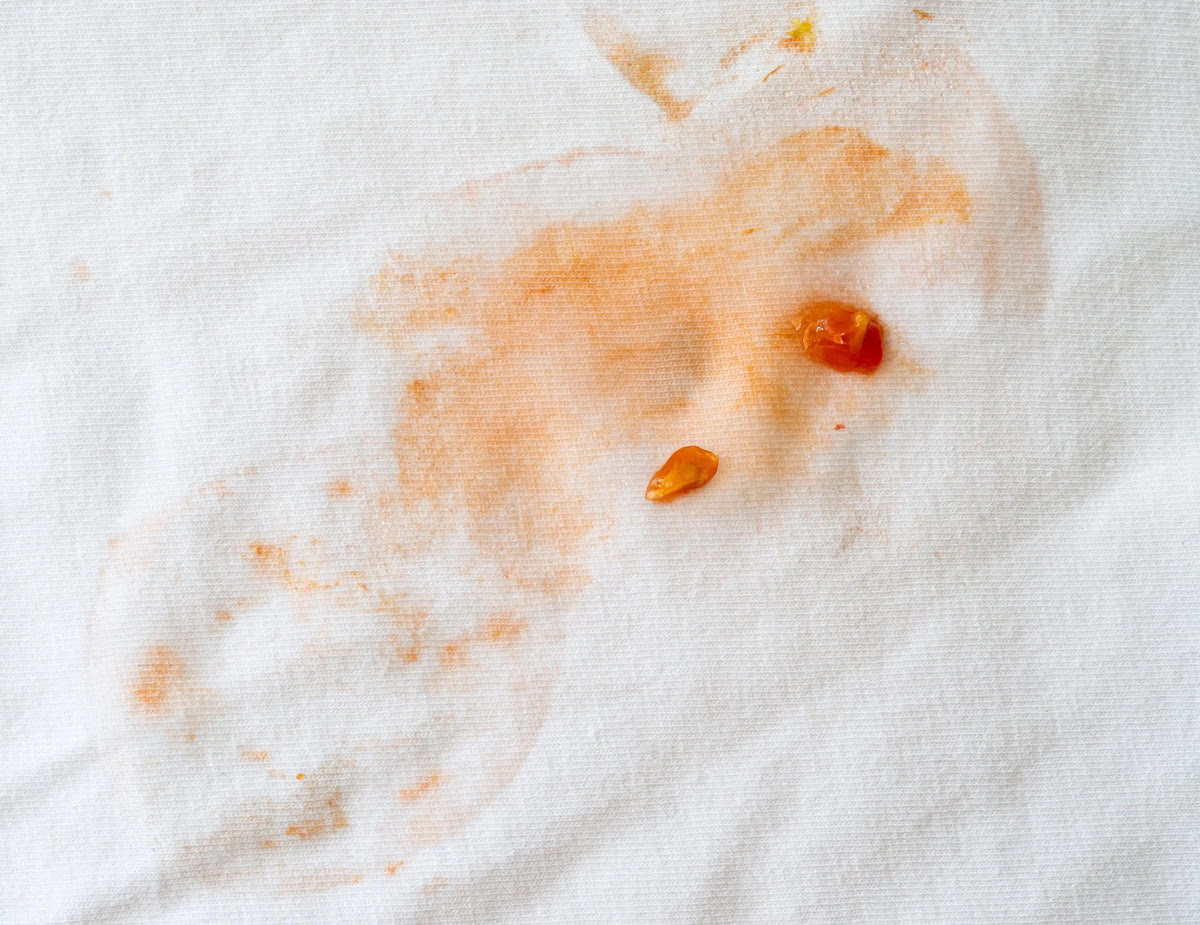
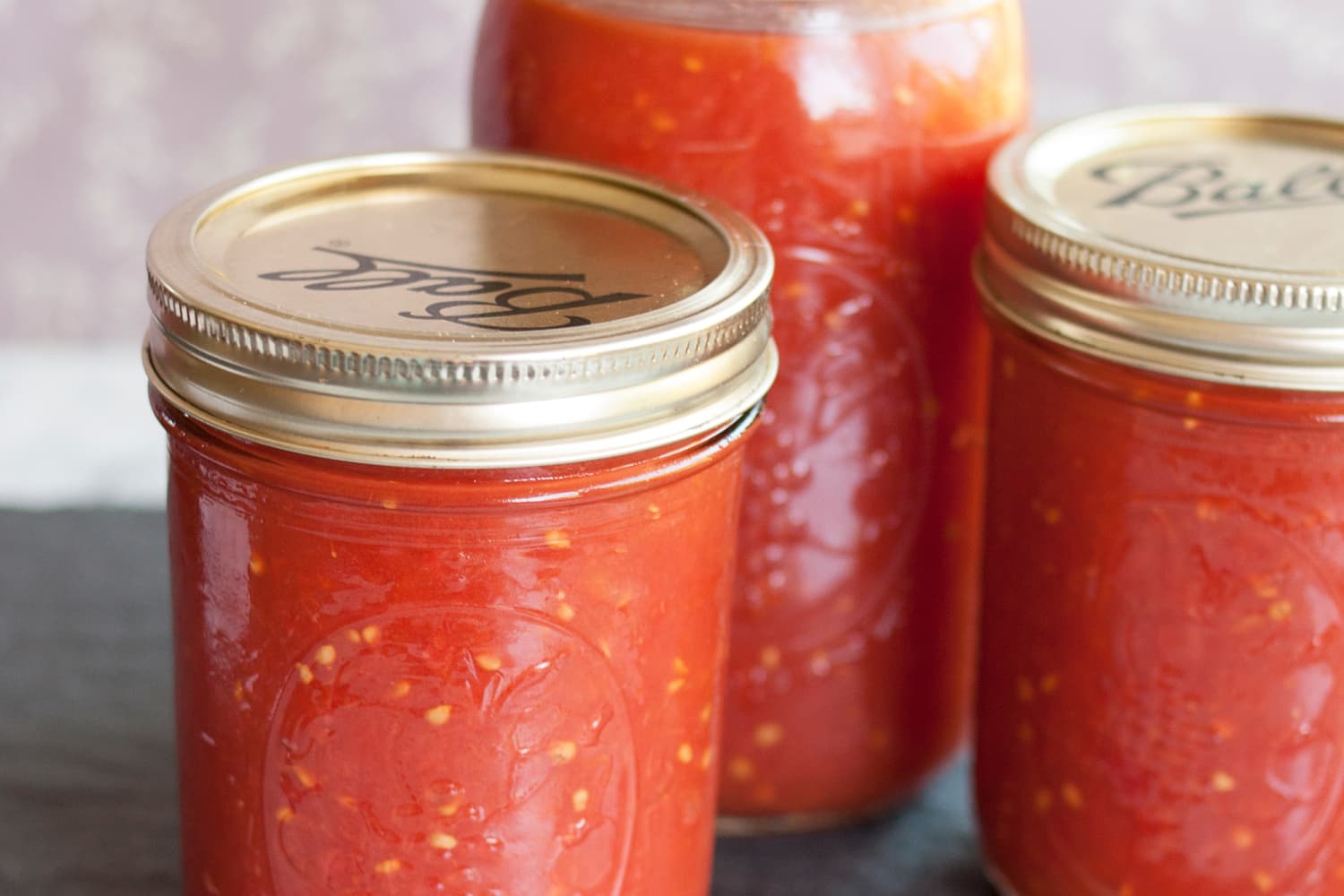
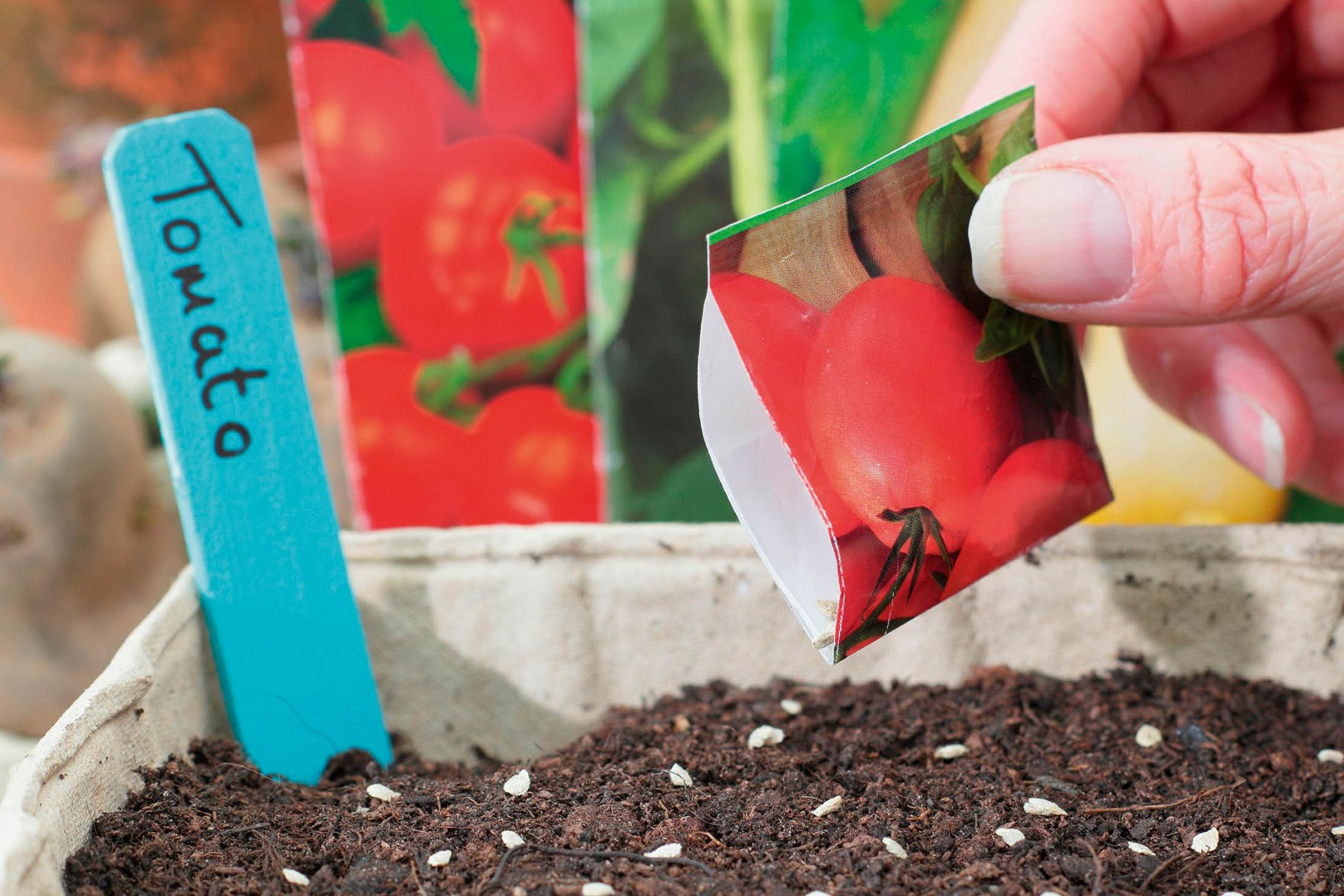
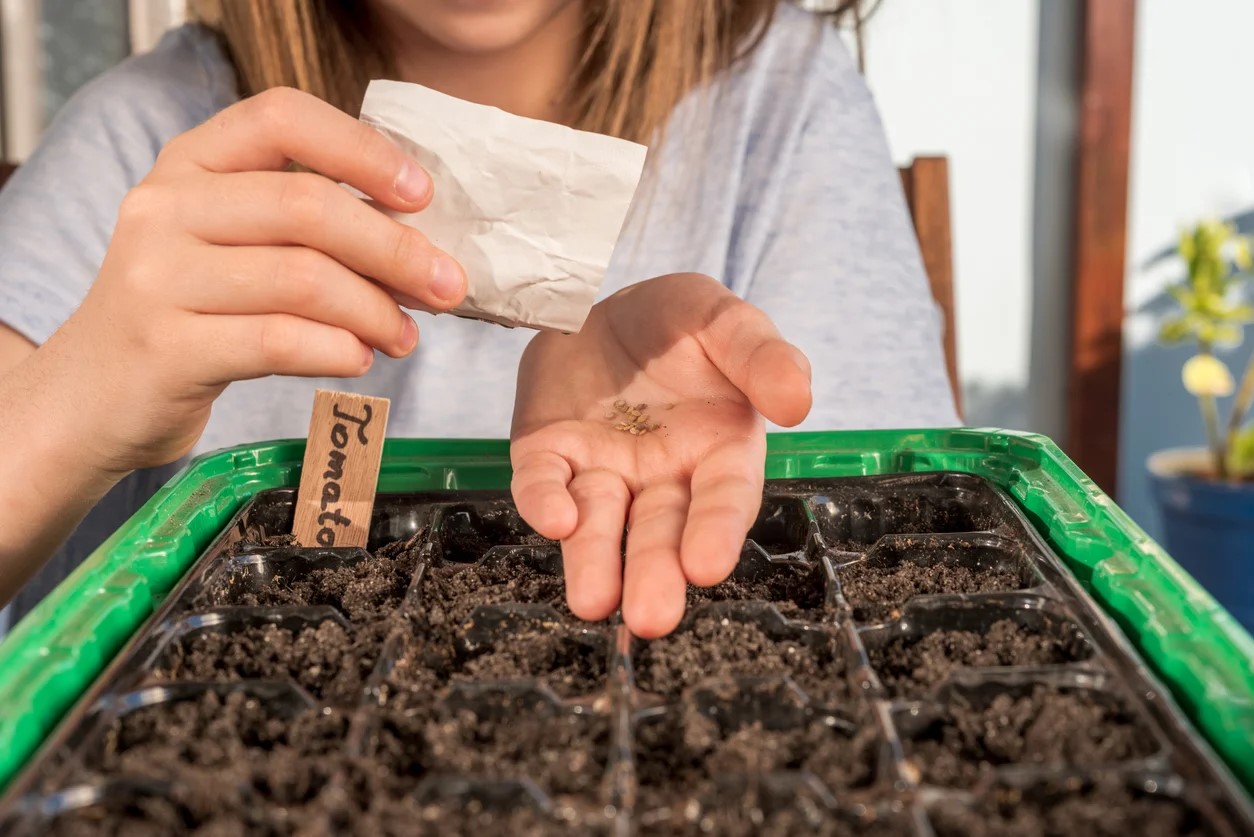
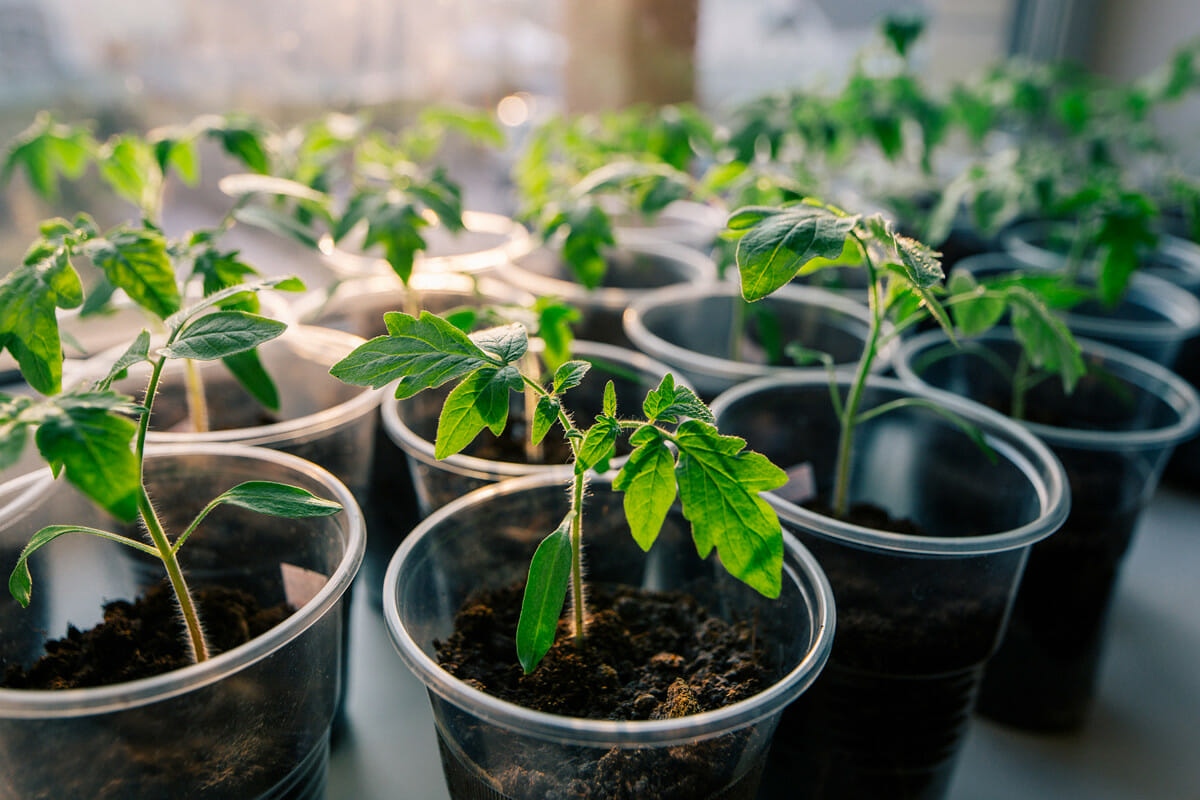
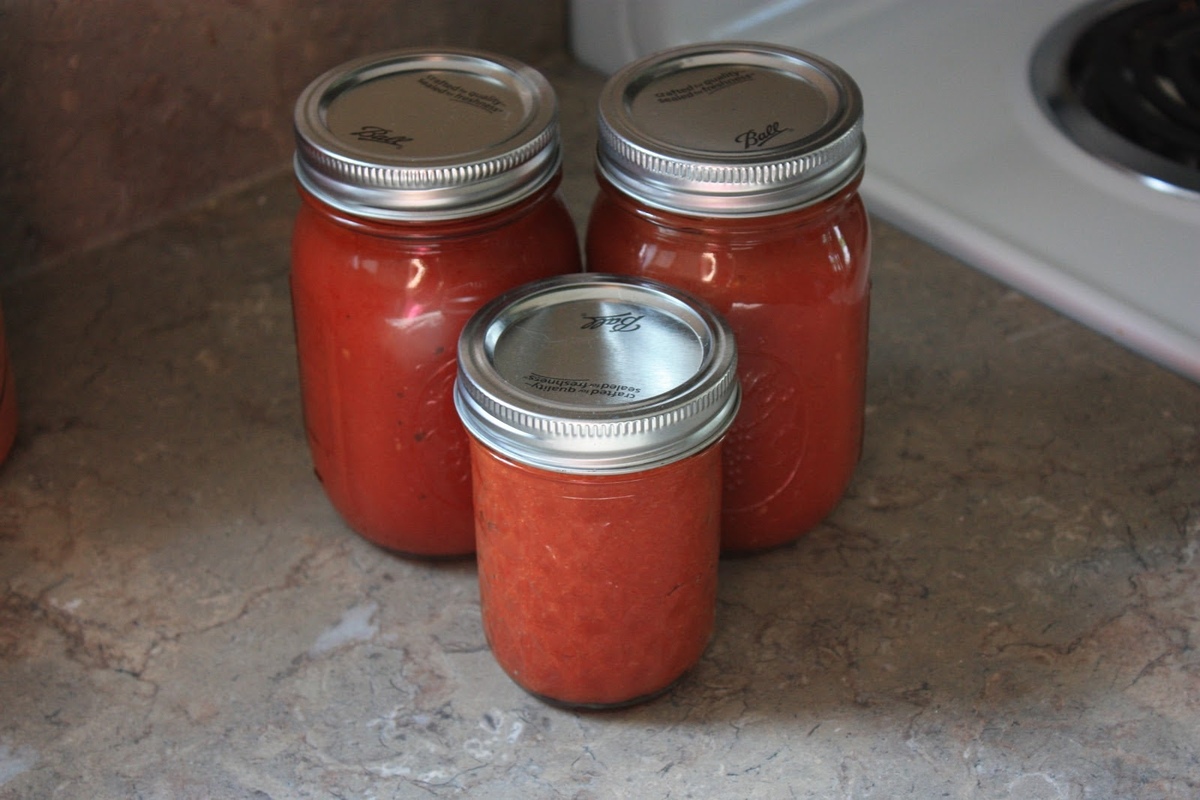
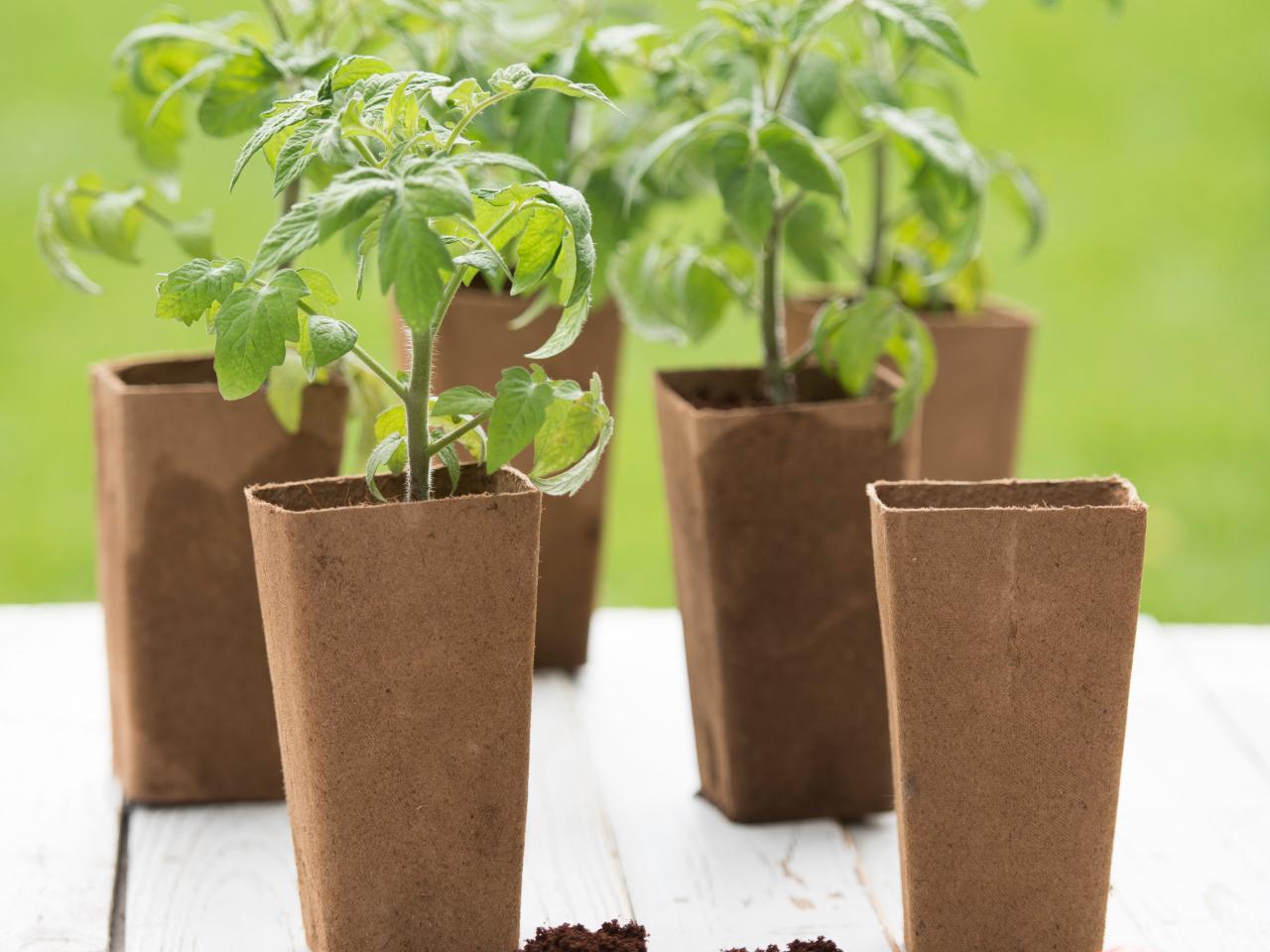
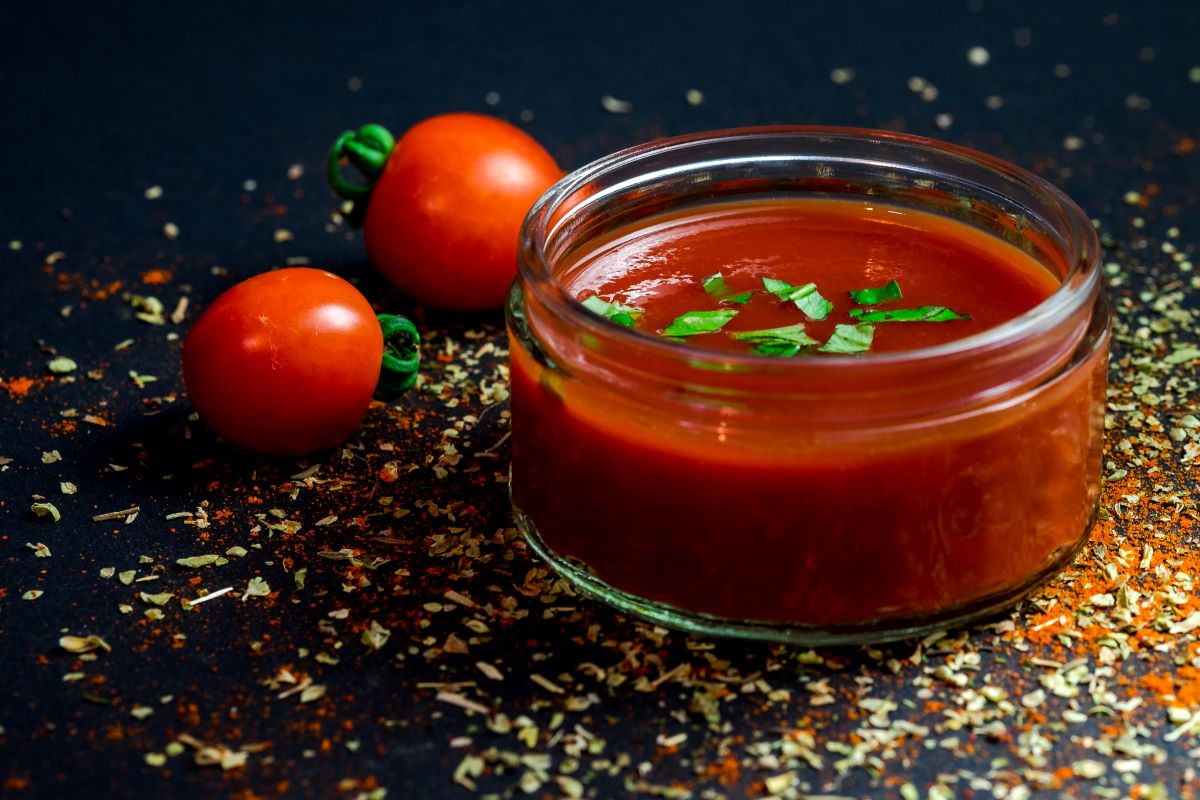
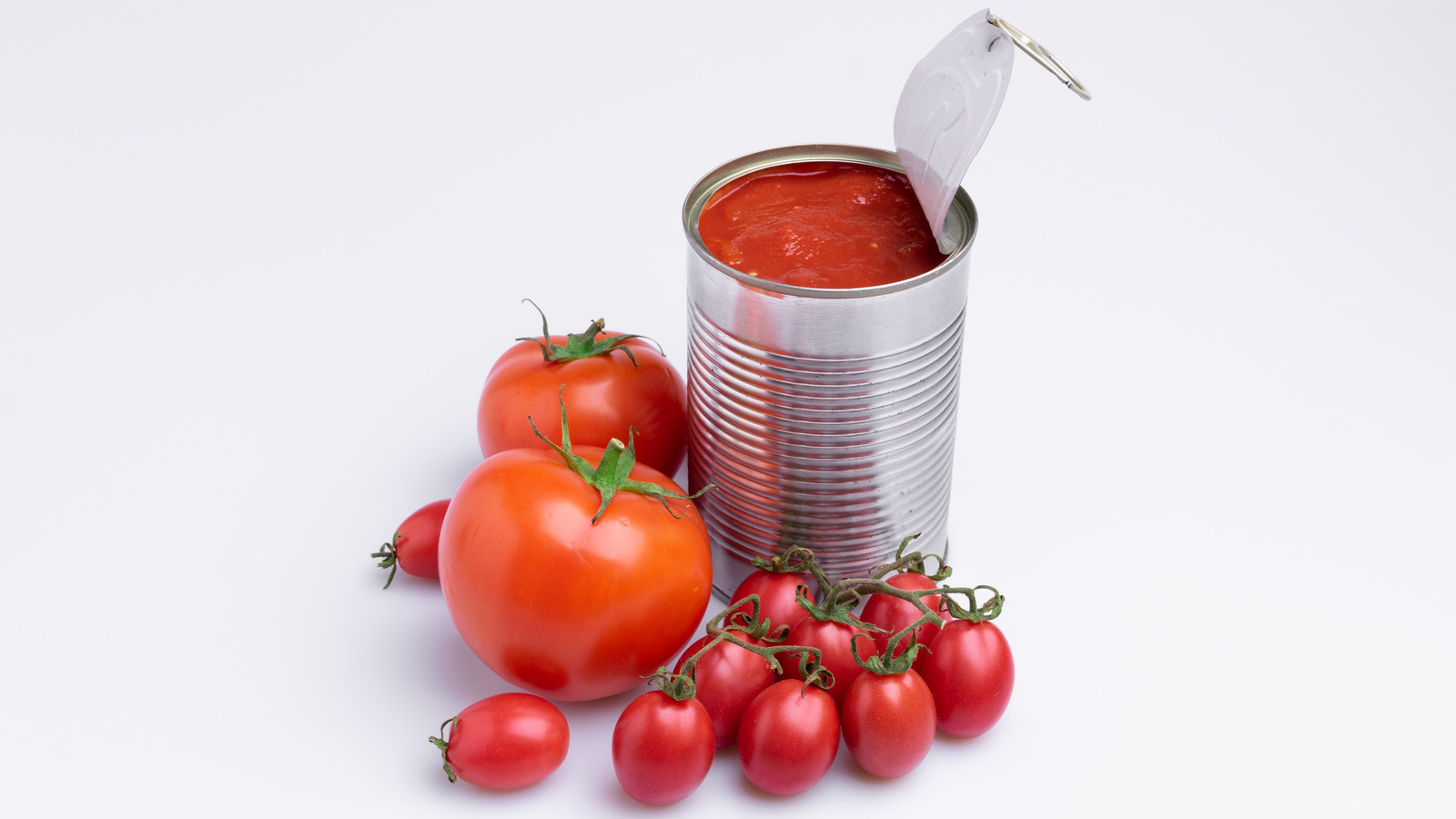
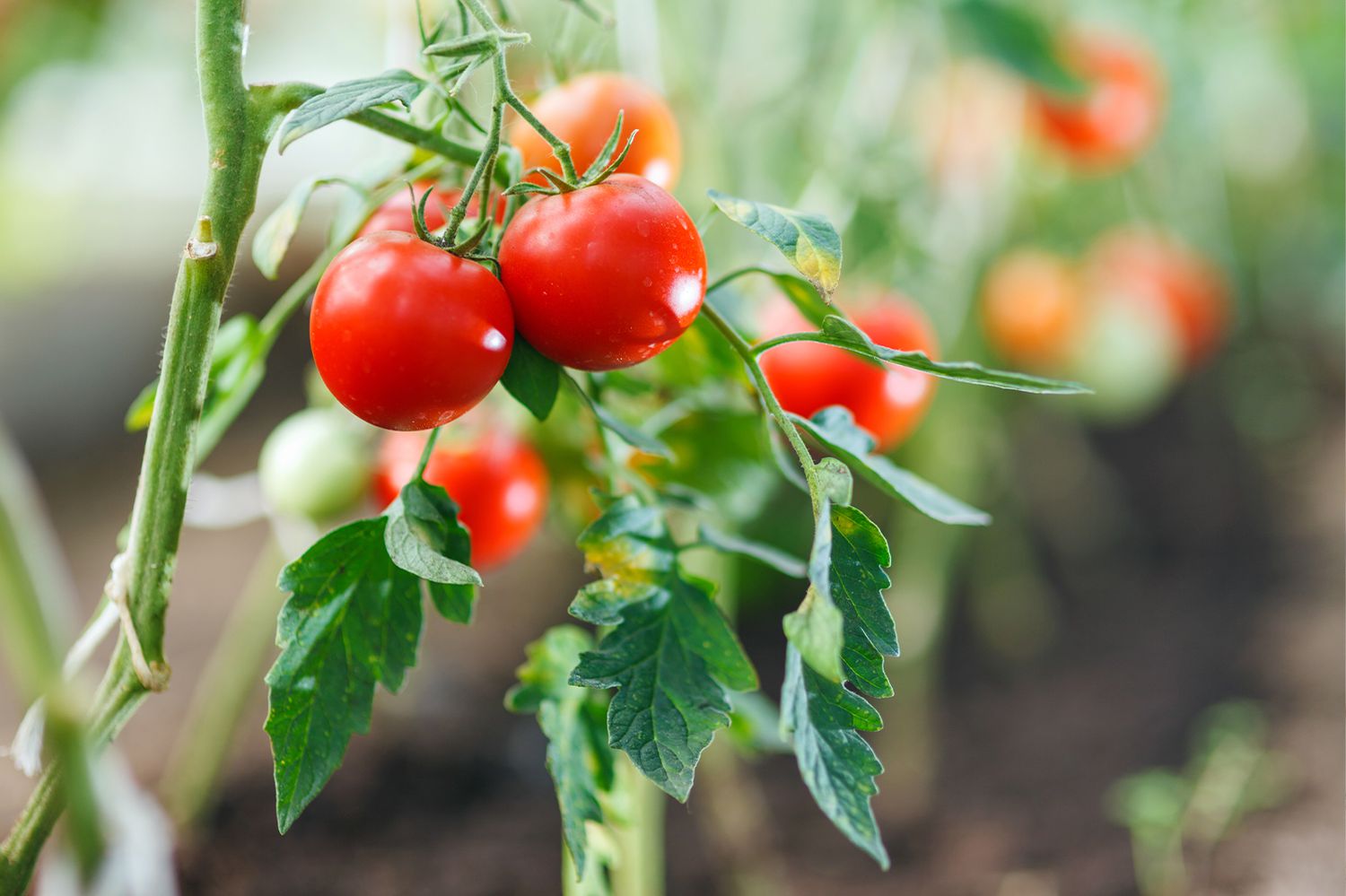
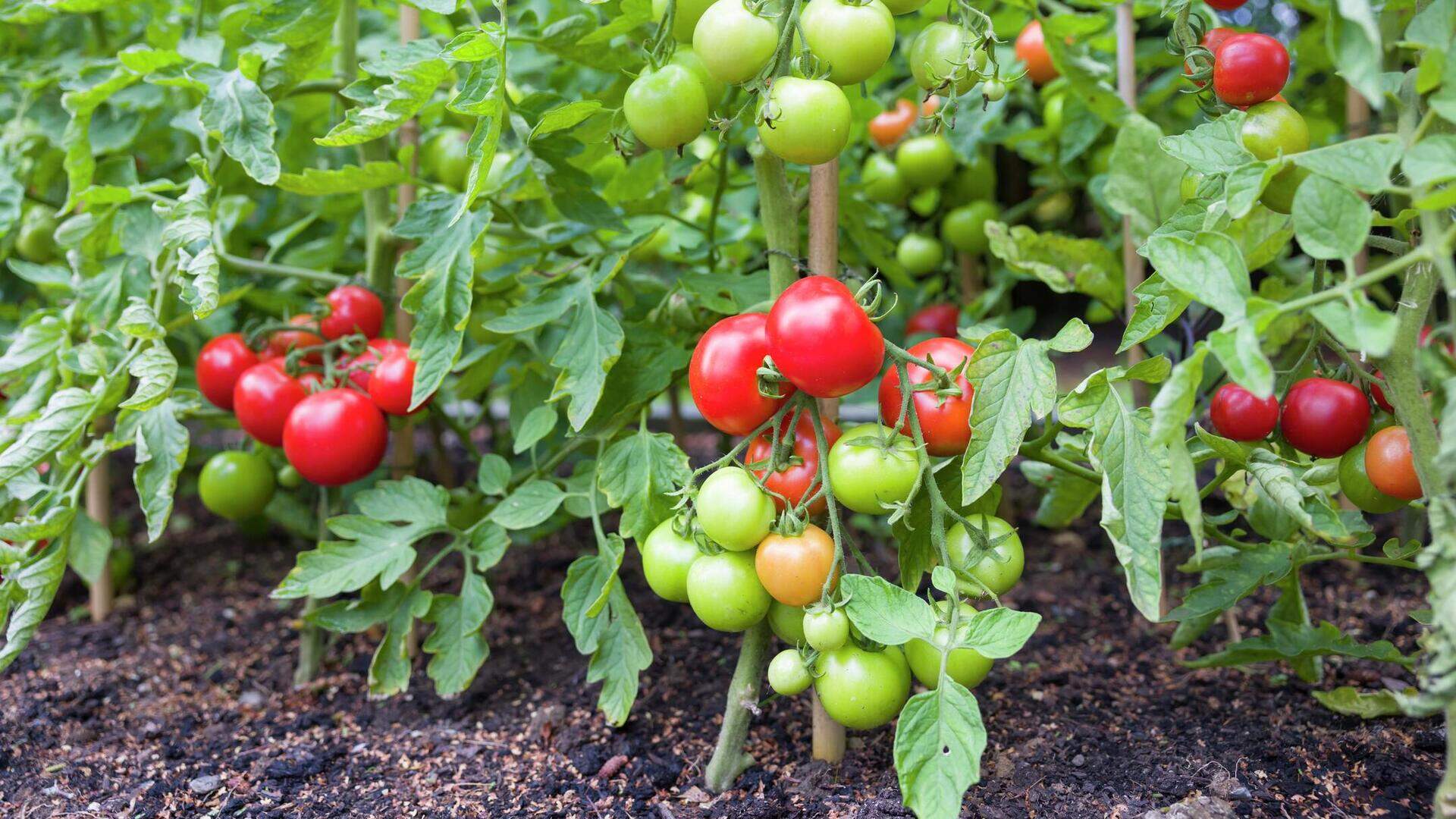
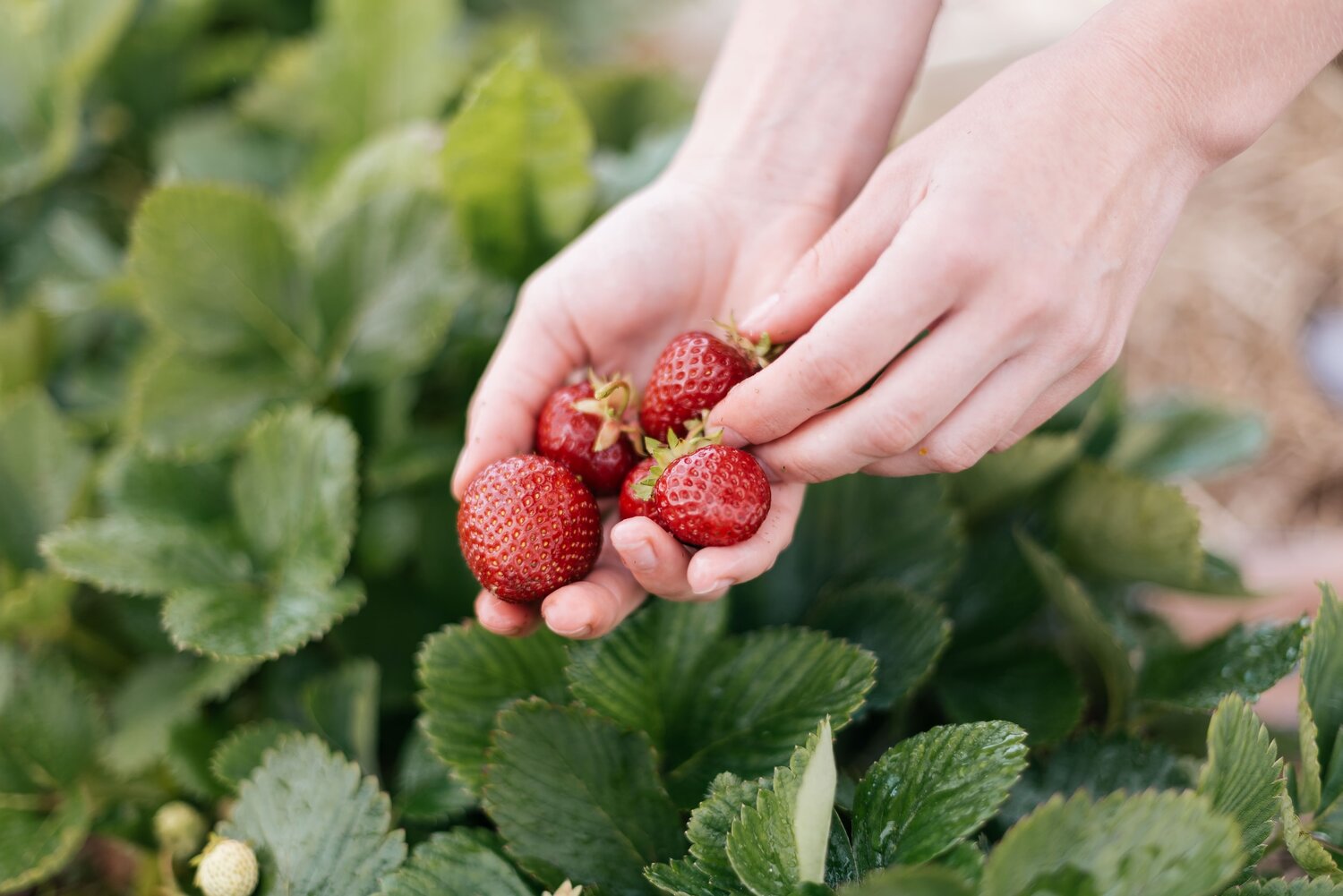
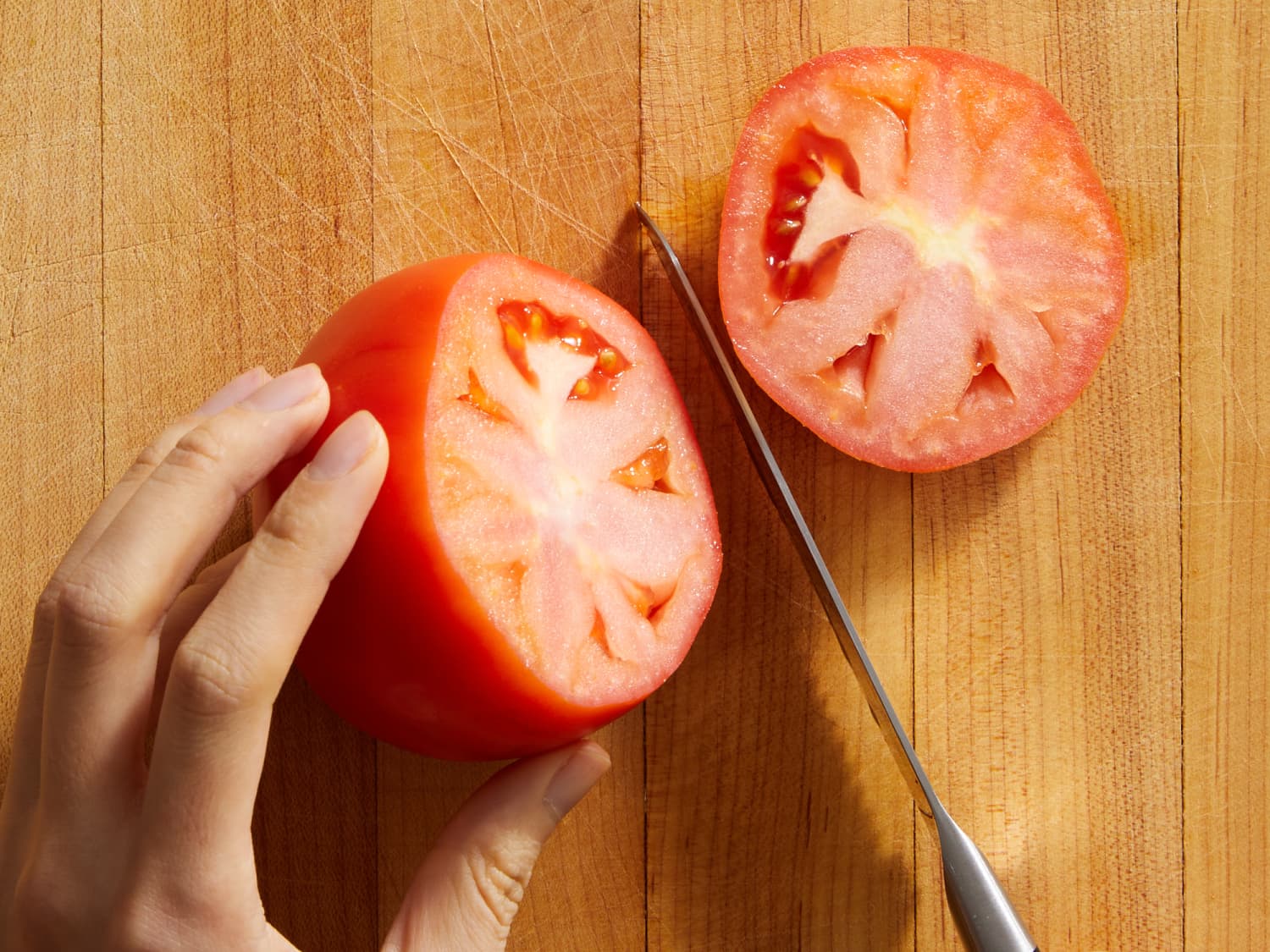

0 thoughts on “How To Remove Seeds From Tomatoes To Make Sauce”